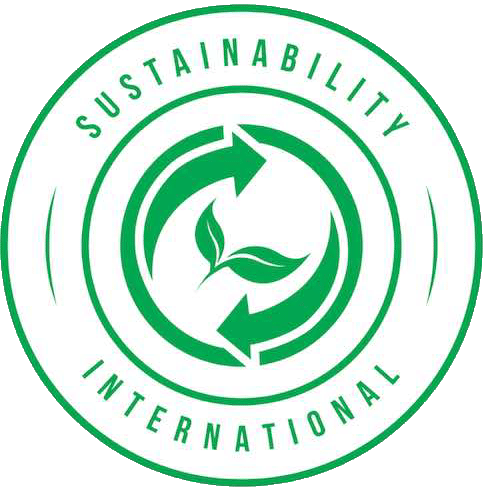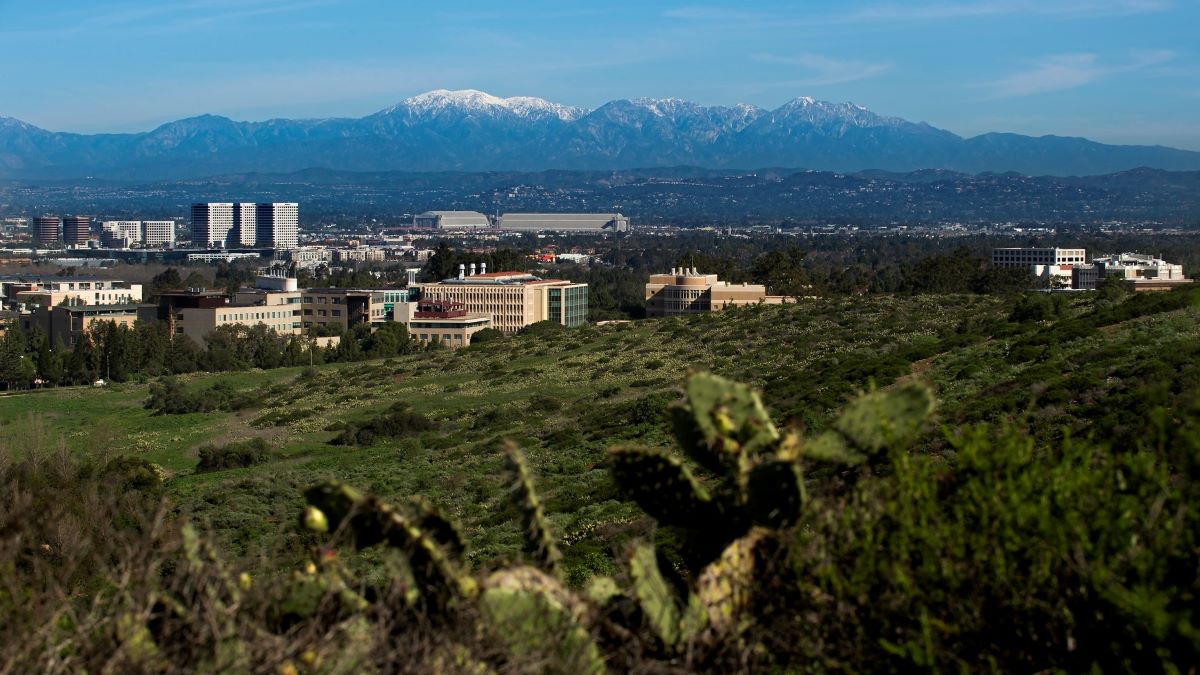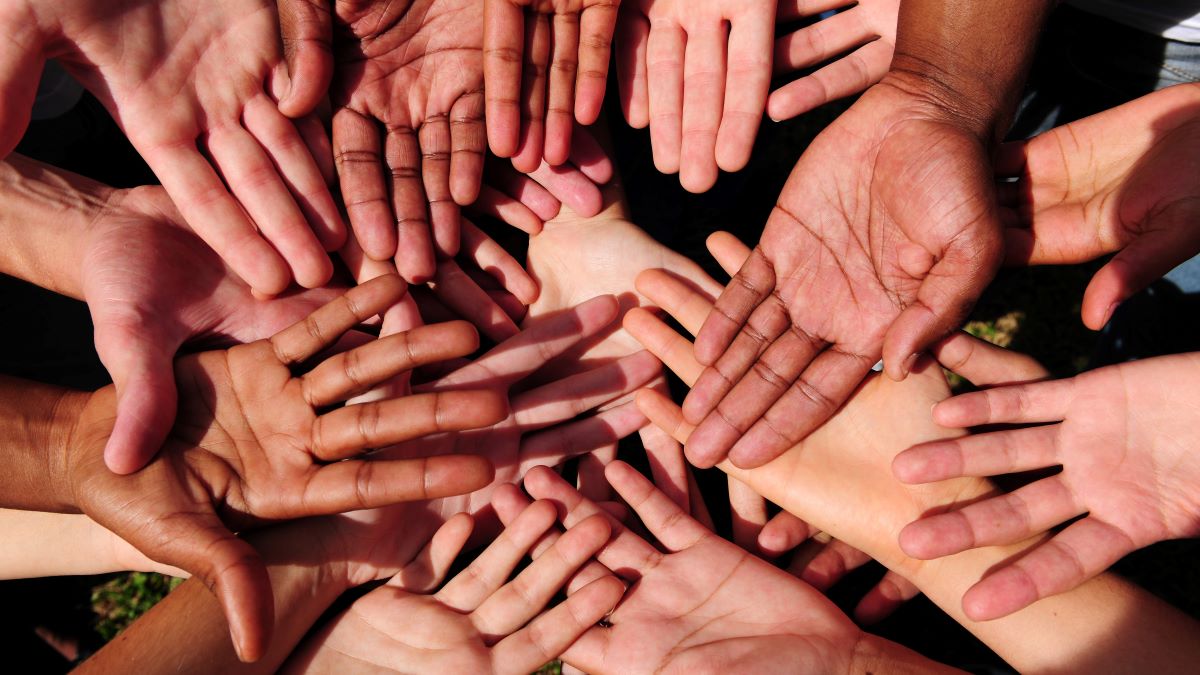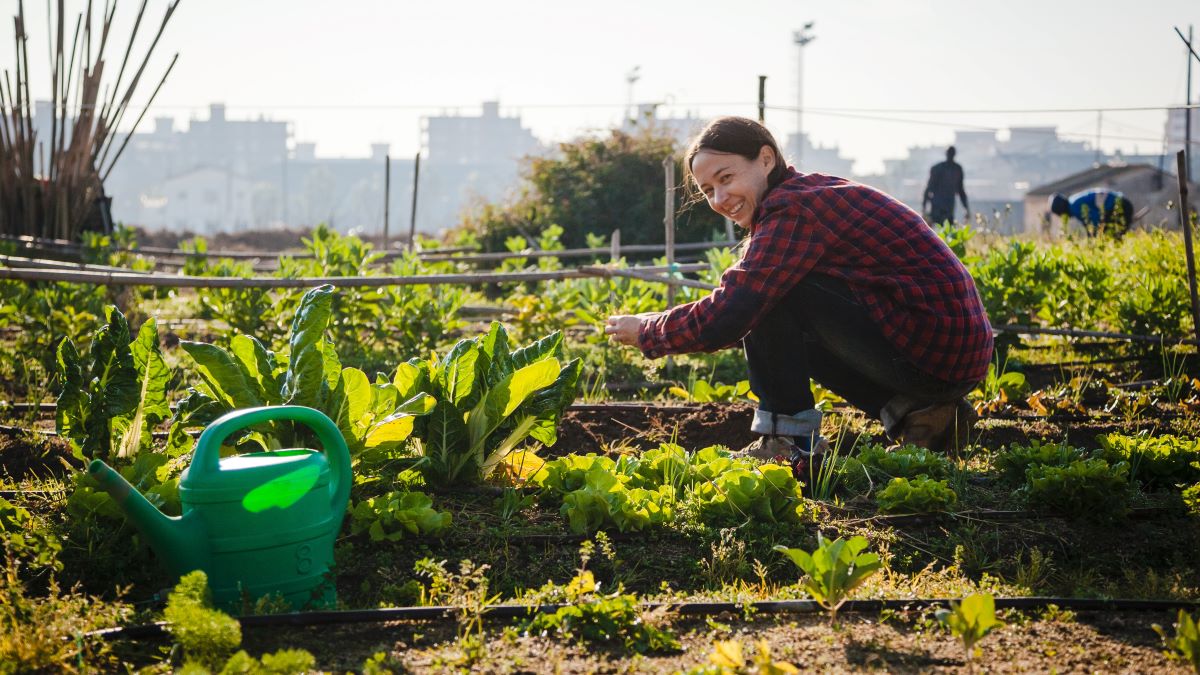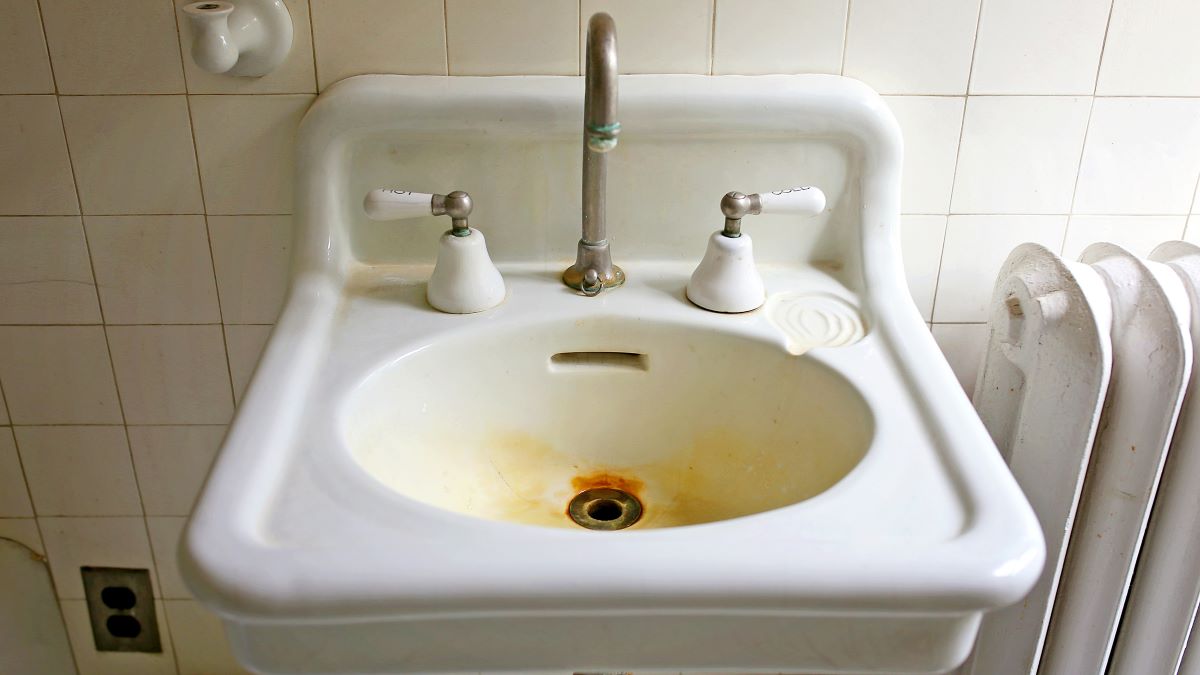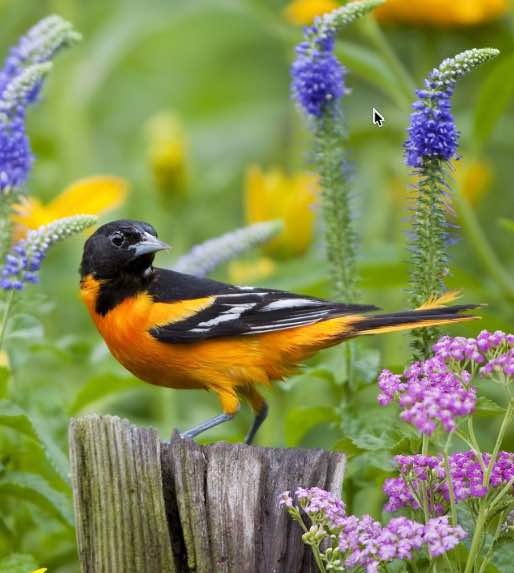
by International Associations | sustainability
Planting a Garden for the birds Birds are the most welcome wildlife in the landscape garden. They are beautiful, musical, interesting to watch. Unlike deer and other large visitors that eat plants, birds can even protect your garden by eating harmful bugs. There are...
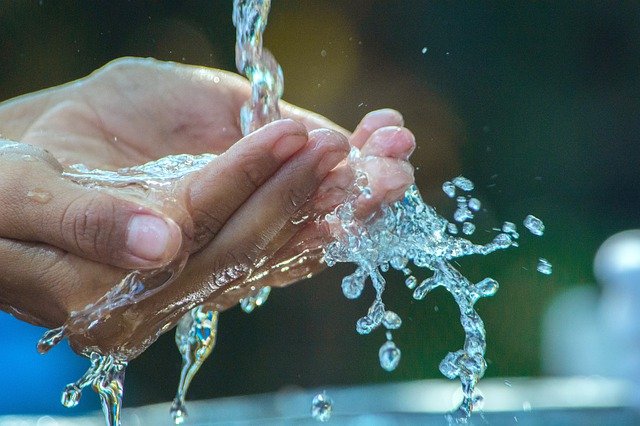
by International Associations | sustainability
For something that you use to get clean, most hand soaps have a pretty nasty ingredient list. But no matter how negative their environmental impact, you can’t just avoid them the way you can other product categories. Handwashing is important for health and safety....
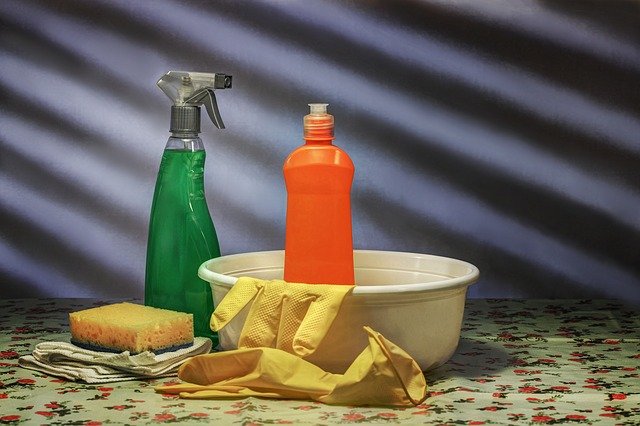
by International Associations | sustainability
When you’re shopping for home cleaning solutions, the variety of available options can be overwhelming — even more so when you start reading the ingredients on the label. For example, does “natural” mean the product is nontoxic? What are the ingredients that make up...
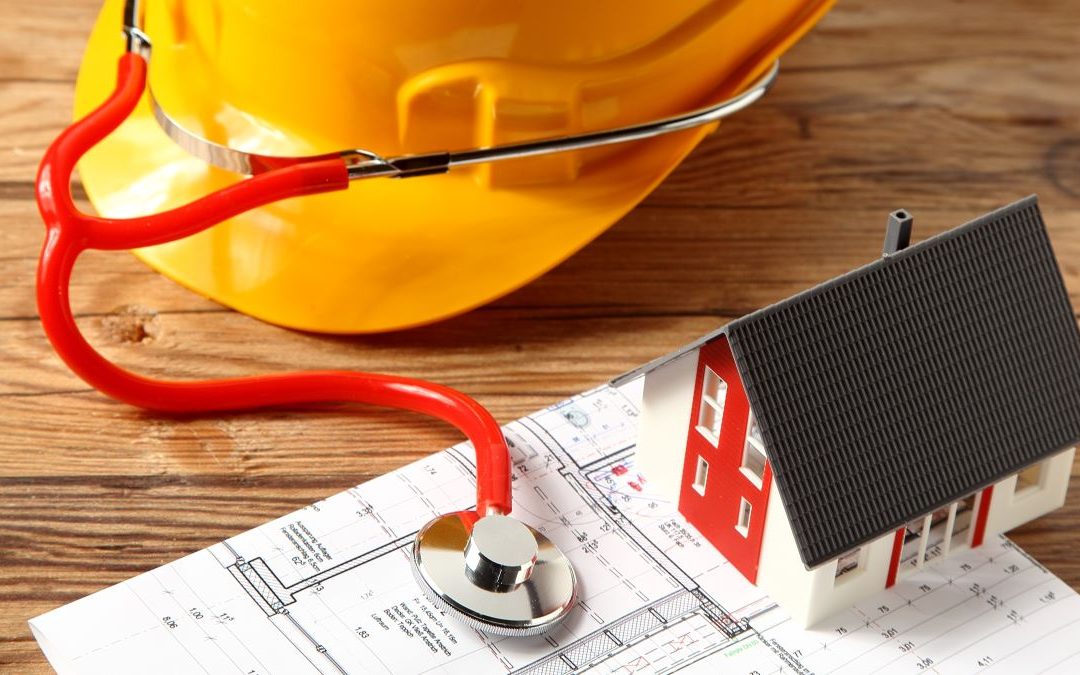
by International Associations | sustainability
The Red List is a list of “worst in class” materials, chemicals, and elements that the green building industry tries to avoid. Even if you are not a construction professional, knowing about these materials and which products are made from them can help you make your...
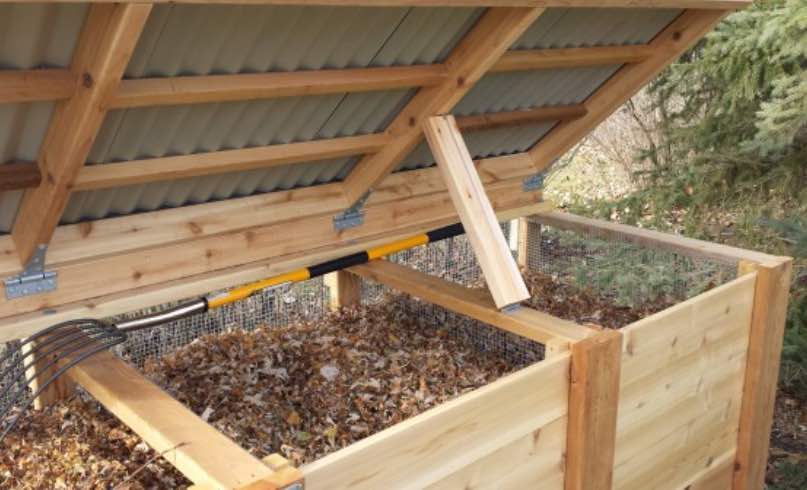
by International Associations | sustainability
The idea of composting is a great way to reduce your carbon footprint and go green, but unless you know the difference between biodegradable and compostable, you might not be doing all that you can. Yes, they are two entirely different things! So, what sets them apart...

by International Associations | sustainability
Our children care deeply about the environment. You can see this even in young children. Ask a first grader to tell you about their favorite animals. They’ll undoubtedly tell you that those animals — whales, elephants, wolves, butterflies, turtles — are endangered...







